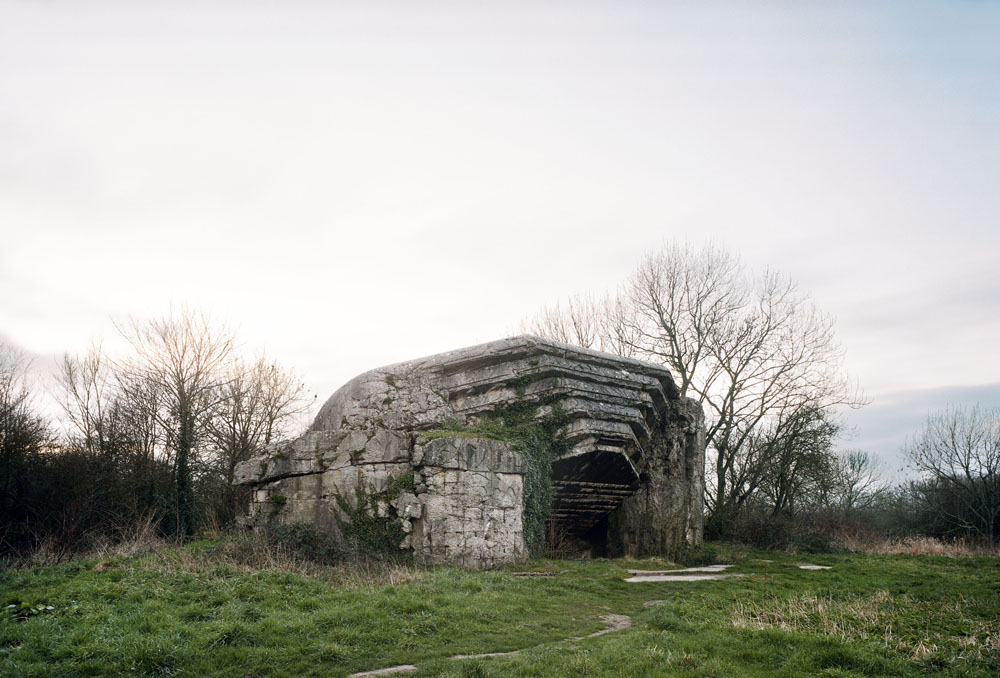Outdoor - NOMINEE: Patrick TOURNEBOEUF
Photo © Patrick TOURNEBOEUF
Patrick TOURNEBOEUF
MONOLITH
Support this photographer - share this work on Facebook.
The project named Monolith is part of my ongoing focus on the marks and stigmata of history as seen today and for their ultimate fate. After working on the Berlin Wall, looking at war memorials, the D-Day beaches and various historic structures, I started the work in 2004. It all began with a sense of curiosity as felt when standing on a beach and seeing strangely positioned cubes now serving no purpose. These concrete slabs stand as references in history, or for some in memory, but they appear to be stranded there, vestiges of a painful past, long gone, as they fade ever so slowly, sinking towards the abyss where one day they will disappear from sight. Nature shall thus prevail over man and his ambitions, as if to mark the end of a world. Monolith is also a response to traditional documentary and visual records of observations of things ordinary, of elements no longer seen for what they are. The methodology involves research and rigor, a classical process using techniques and adopting a systematic approach while challenging the identity of the constructions through the camera lens. The input as recorded reflects an approach whereby aesthetic data and the interpretation of space embark on a dialogue with the geographical parameters. When I am confronted with spatial records, a camera on a tripod can provide the foundation, perspective and distance required for observation.
About author:
Born in 1966 in Paris
Patrick Tourneboeuf portrays men by photographing the traces they leave behind them, the places they bring to life and, sometimes, abandon. Using a large-format camera, his method, resolutely artistic, systematic, recounts times past and present. The absence of an image reveals a human presence.
He started by working on the monumental aspect of the Paris “périphérique”, with a series that is both nocturnal and contemplative, as opposed to the more classic photographs of the well known circular belt.
In the year 2000, his next series entitled “Huis-clos” (Behind Closed Doors) was based on the everyday life of new recruits into the French Navy, at the Naval Instruction Centre of Querqueville. The same year, Patrick explored sea side resorts when completely out of season. This became the starting point of a series entitled “Nulle part” (Nowhere).
Next came “Cicatrice” (Scar), a documentary on the remnants of the Berlin Wall, and “À la mémoire du jour J” (In Memory of D-Day), depicts the beaches in Normandy where the Allies landed. Two facets of an art project that feeds a memory which tends to forget, also taking into account the alterring effect of time.
Since 1999, he has been working on a photographic research project for the French Ministry of Culture, on several historic monuments: the Grand Palais, the Chateau de Versailles and the National Archives.

